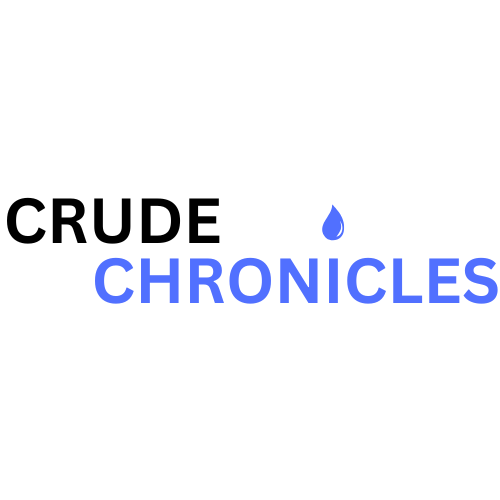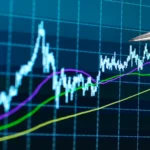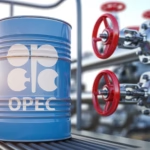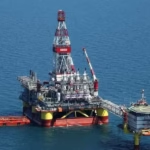Physical Address
304 North Cardinal St.
Dorchester Center, MA 02124
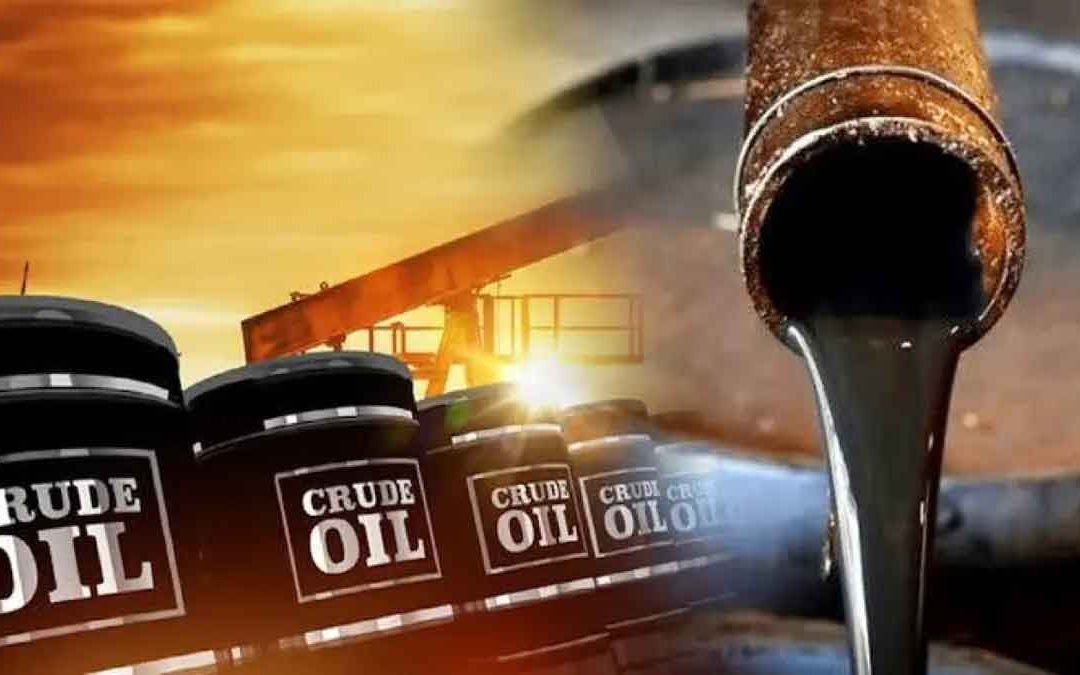
For decades, Europe’s energy system was built on a simple reality: Russia supplied the pipelines, and Europe consumed the gas. This arrangement tied Europe’s economy to Moscow’s energy exports, shaping both trade and geopolitics.
But after the Russia–Ukraine war in 2022, Europe was forced to confront its vulnerability. As pipelines from Russia slowed or stopped, the continent had to diversify rapidly turning to LNG imports, new pipelines, and renewable energy.
The story of Europe’s diversification is a story of pipeline politics, where energy security, geopolitics, and market reforms collide.
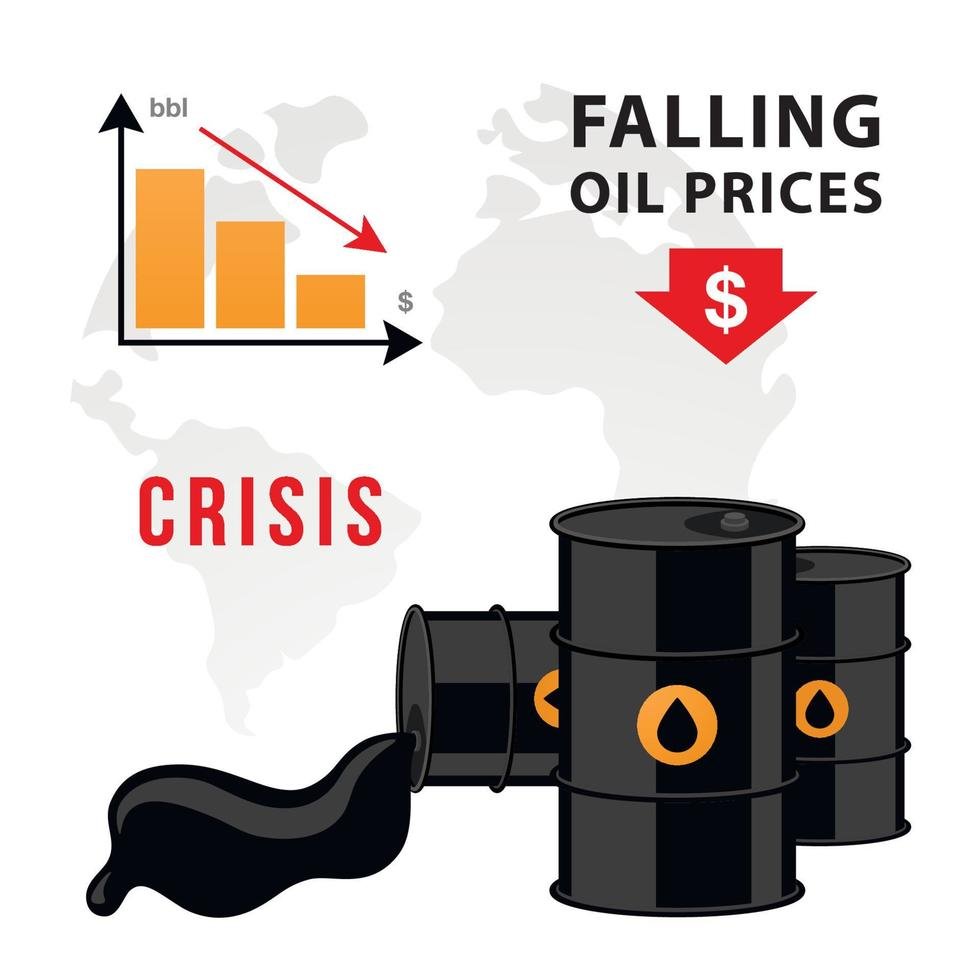
Energy diversification is not only an economic issue, it’s deeply geopolitical. Russia’s Leverage Weakened: Moscow lost a key bargaining chip, reducing revenue from pipeline exports. New Partnerships: Europe deepened ties with the U.S., Norway, Qatar, and Azerbaijan. Transit States Gain Influence: Countries like Turkey (hosting TANAP) now sit at the crossroads of Europe’s energy security. Pipeline politics in Europe has shifted from dependency on one supplier to a multi-vector strategy.
In 2022, Europe turned to Liquefied Natural Gas (LNG) as a substitute for lost Russian supplies.
U.S. LNG exports to Europe tripled within a year.
Countries like Germany built LNG import terminals in record time, including floating storage and regasification units (FSRUs).
By 2023, the U.S. became Europe’s largest gas supplier, overtaking Russia (European Commission).
This pivot demonstrated LNG’s flexibility compared to fixed pipelines.
Europe’s gas crisis accelerated reforms in its energy markets:
Joint Gas Purchasing: The EU launched a platform to pool demand and negotiate better deals (European Commission).
Strategic Storage: Mandatory storage targets ensured facilities were filled before winter.
Interconnections: Cross-border pipelines and reverse flow capacity made energy flows more flexible.
Together, these measures created a more resilient energy system.
Looking ahead, Europe’s diversification will continue to evolve:
Renewables Expansion: Wind, solar, and hydrogen are expected to reduce long-term gas demand (IEA).
Green LNG: Low-carbon LNG projects are being developed to align with climate goals.
Strategic Autonomy: The EU aims to ensure no single country can hold its energy system hostage again.
Pipeline politics will remain a central theme, but the balance of power has permanently shifted.
Europe’s reliance on Russian pipelines defined its energy system for decades, but the crisis of 2022 changed everything. The continent is now diversifying supplies through LNG, new pipelines, and renewables.
This transformation is not only about keeping the lights on, it is about reshaping geopolitics, reducing vulnerability, and accelerating the energy transition.
Pipeline politics once meant dependency. Now, it increasingly means resilience, diversification, and strategic flexibility.
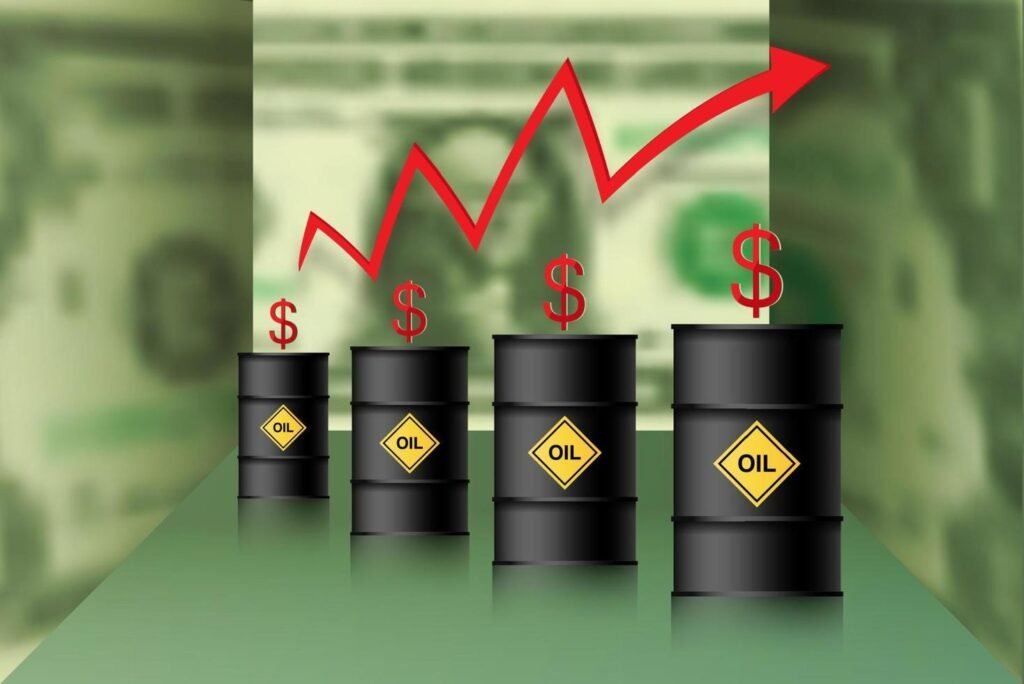
The invasion of Ukraine in February 2022 triggered a collapse in trust. Russia cut pipeline flows, culminating in the sabotage of Nord Stream pipelines in September 2022 (BBC).
Europe scrambled to secure alternatives:
Gas prices spiked to record highs of over €300/MWh (IEA).
Governments rolled out emergency subsidies and rationing measures.
LNG imports soared, reshaping trade flows.
The crisis underscored how pipeline dependence can become a geopolitical weapon.

Europe’s diversification is not just about LNG new pipeline corridors are changing the map of energy flows.
Southern Gas Corridor: Delivers Caspian gas from Azerbaijan via the Trans Adriatic Pipeline (TAP) into Italy (TAP AG).
Norwegian Pipelines: Norway increased exports to Europe, becoming its top pipeline supplier in 2023 (Norwegian Petroleum Directorate).
Baltic Pipe: Connects Norwegian gas fields with Poland, reducing reliance on Russia (Baltic Pipe Project).
EastMed Pipeline (planned): A proposed route to bring gas from Israel and Cyprus to Europe.
These projects reflect Europe’s determination to spread risk across multiple suppliers.
